I loved Choose Your Own Adventure books as a young’un. Though, being a Campbell, I was a pretty bad cheat and used to do them backwards after a couple of frustrating deaths.
Perhaps I would have made better choices had I studied the structure of the books in depth. Like this person has.


In scanning over the distribution of colors in this plot, one clear pattern is a the gradual decline in the number of endings. The earliest books (in the top row) are awash in reds and oranges, with a healthy number of ‘winning’ endings mixed in. Later cyoa books tended to favor a single ‘best’ ending (see CYOA 44 & 53).
And here’s something I did not know, and indeed it contains a life lesson for those of us who like to cheat…
The one outlier is the catastrophic ending seen in the third row from the bottom. This was a punishment page that could only be reached by cheating. Unlike most other endings in the book it does not offer to let you continue the story from a few pages back but instead calls you a cheater and leaves you with no choice but to start over from the beginning.
Apparently the books evolved to become more difficult over time. As indicated by this graph…

Read the rest of the research. It’s interesting.
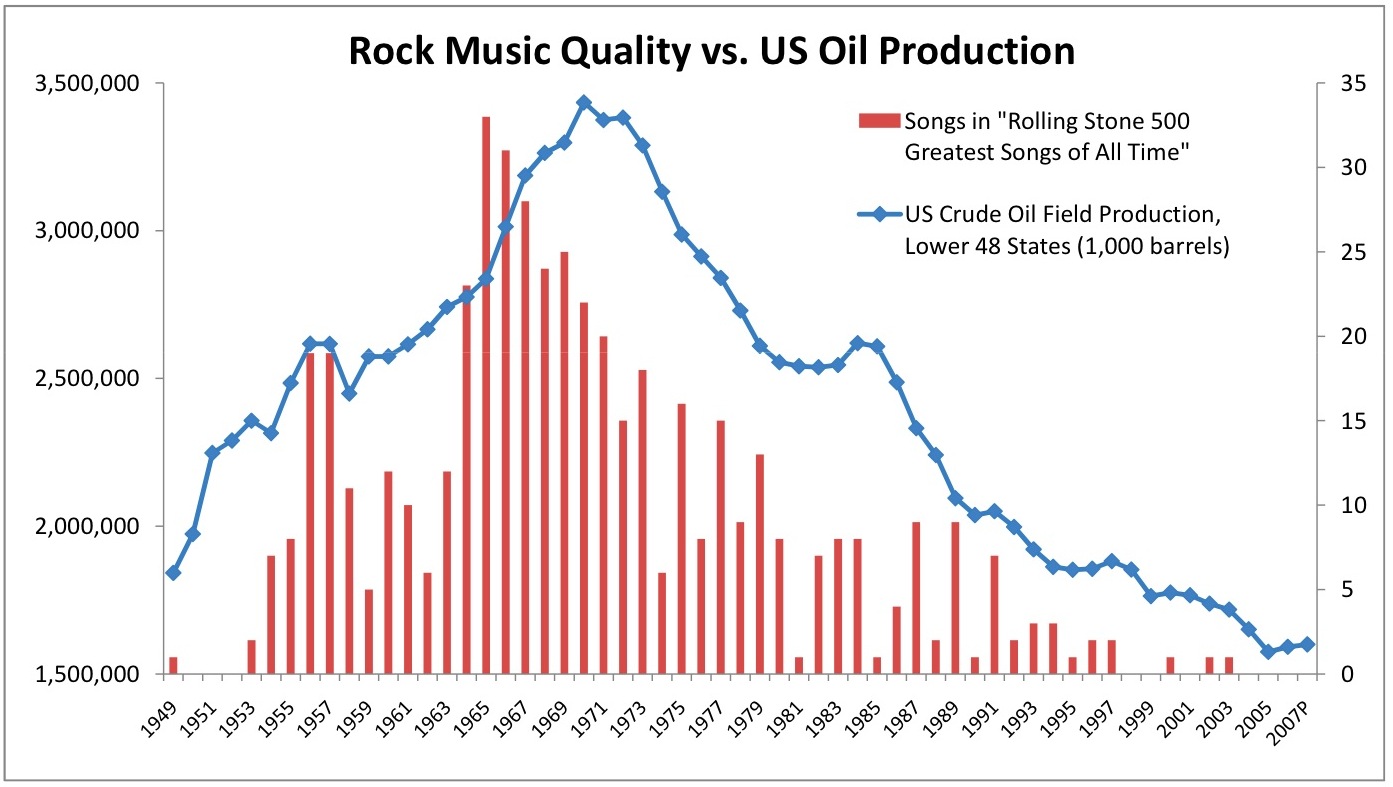
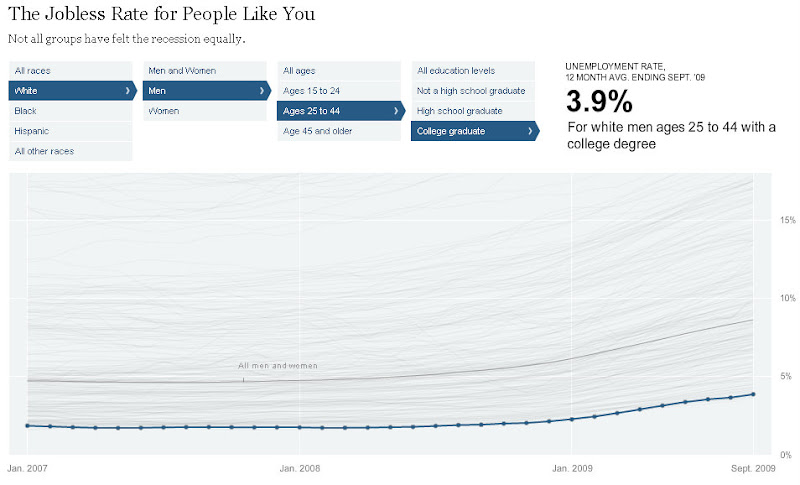






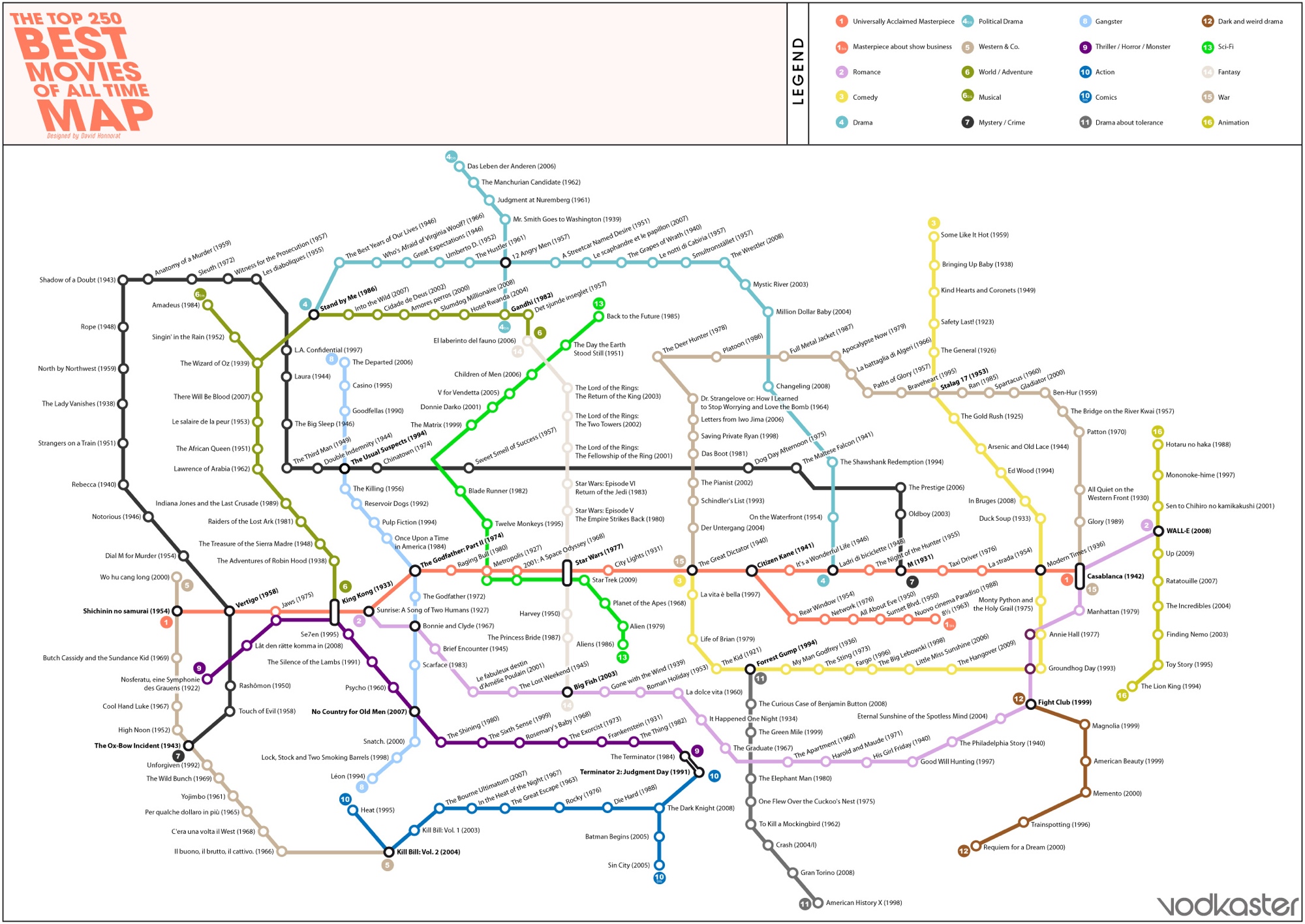







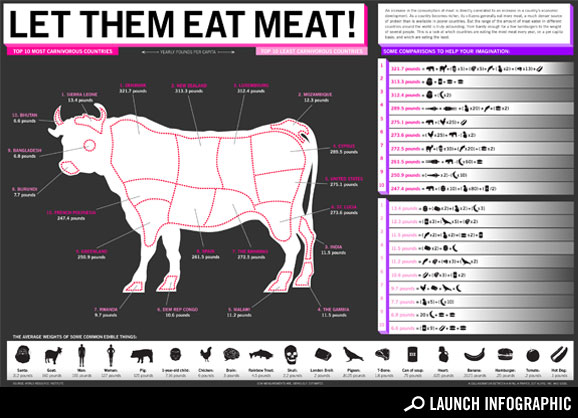


 There are
There are 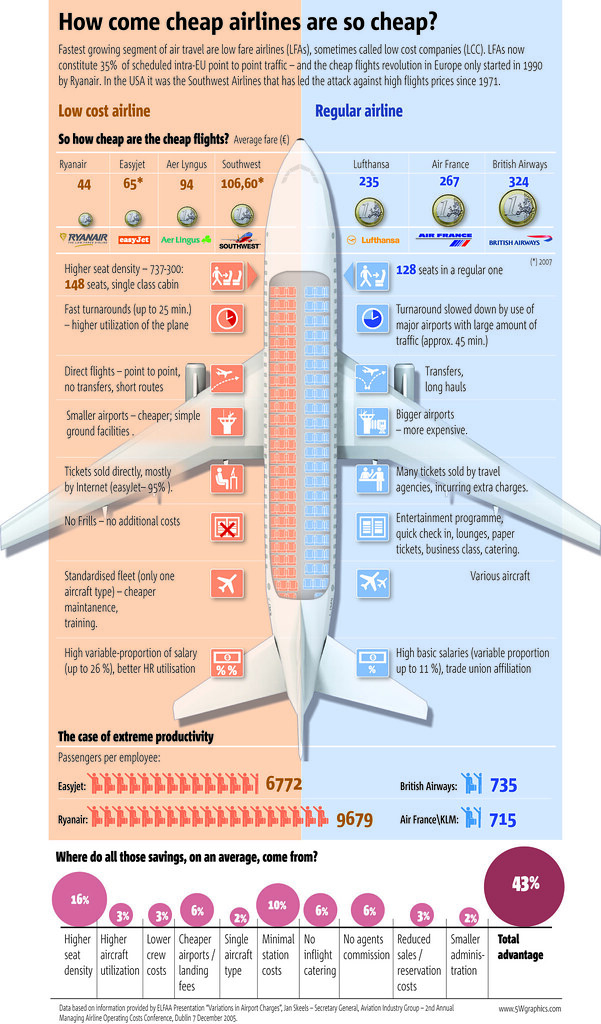 Found
Found